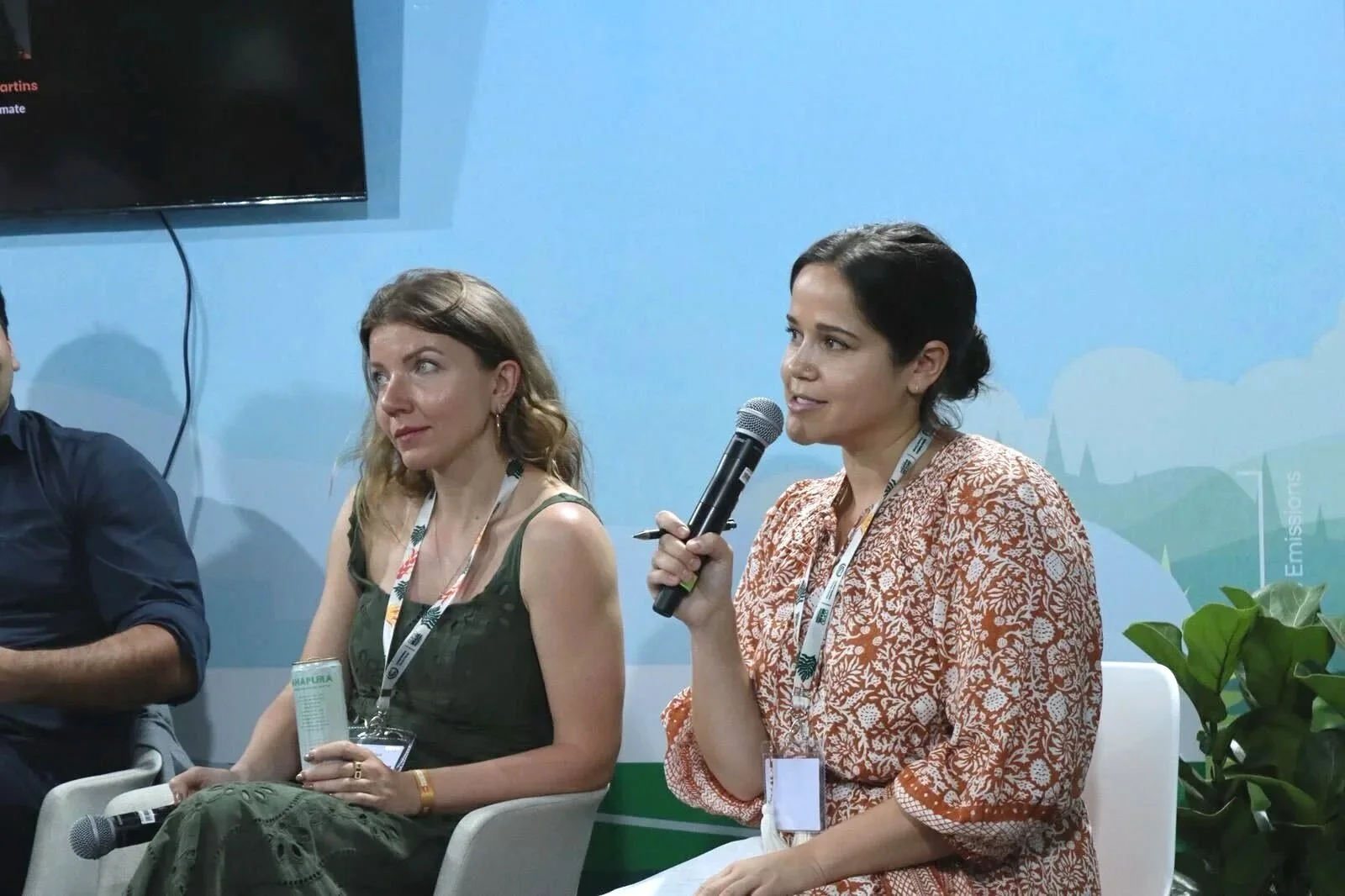COP30 in Belém: Carbon Removal’s Role on the Global Stage & Key Takeaways
COP30 in Belém marked the strongest recognition yet that carbon dioxide removal (CDR) is becoming an essential component to reach the goals of the Paris Agreement. With the Amazon rainforest as its backdrop, global leaders arrived in Brazil to discuss both the urgency of meeting global climate goals and the reality that the world remains far off track.
COP30 was an important opportunity for countries to focus on how international carbon markets under the Paris Agreement will actually work in practice. That shift from negotiation to implementation opened space for deeper conversations about how carbon removal fits into national climate strategies, how high-integrity markets might scale, and how different regions have important roles to play in scaling removals.
Below, the Carbon Business Council summarizes key themes and takeaways from COP30.
Why Carbon Removal Drew More Attention This Year
The IPCC remains unequivocal: reaching the goals of the Paris Agreement requires both rapid emissions cuts and carbon dioxide removal. Scientific voices reinforced that reality throughout COP30. Johan Rockström, Chief Scientific Adviser to the COP Presidency, recently noted that the world may ultimately need to remove up to 10 billion tonnes of CO₂ annually by mid-century to avoid dangerous warming thresholds. Today, the world is closer to 2 billion tonnes of CO₂ removed, underscoring why CDR featured more prominently across the conference.
This scientific consensus aligns with growing political momentum. For many countries, especially those experiencing the most immediate impacts of climate change, carbon removal is emerging as a complementary tool to support ecosystem restoration, land stewardship, and economic growth. As nations begin updating their nationally determined contributions (NDCs) ahead of COP31, integrating CDR is becoming an increasingly important step for credible long-term climate action.
Institutional signals are reinforcing this shift. Last month, the United Nations Environment Programme Finance Initiative released “How to Get to the Net?”, a discussion paper that positions CDR as central to “net-negative” pathways. The UN system is moving beyond acknowledgement to shaping CDR’s role.
For the first time, CDR was formally included across multiple pillars of the COP Action Agenda, notably within the Agricultural & Land Restoration and Decarbonization of Hard-to-Abate sector axes. This institutional recognition means CDR initiatives are now set to be tracked, reported, and held to ongoing accountability at future COPs, reflecting a structural shift in how removals are governed and implemented.
A Breakout Moment: The Global Carbon Harvest Coalition Launches
A significant formal outcome of COP30 was the launch of the Global Carbon Harvest Coalition. Co-led by Brazil, India, and Kenya, the coalition is a COP30 Action Agenda initiative explicitly focused on accelerating the deployment of biochar, enhanced rock weathering, and soil organic carbon across diverse geographies. With the launch, Global South leadership is centered, not peripheral, in shaping the trajectory of land-based carbon removal. Agriculture-aligned solutions gained coordinated political and technical backing, helping countries scale methods that deliver near-term benefits for farmers, soils, and rural economies.
Market Momentum: CDR Moves towards Scalable Deployment
Political signals matter, but market demand ultimately determines the pace of climate solutions. At COP30, the message from the private sector was clear: carbon removal is investable, and confidence in high-quality projects is increasing.
Companies across sectors are ramping up procurement of durable, verifiable carbon removal, supporting a market that is expanding beyond pilots and into early deployment. Strengthened integrity frameworks such as the Integrity Council for the Voluntary Carbon Market (ICVCM), the EU Carbon Removal Certification Framework (CRCF), and the Carbon Offsetting and Reduction Scheme for International Aviation (CORSIA), along with emerging activity under Article 6.2, are giving buyers more confidence that high-quality removal can be procured responsibly and at scale.
Recent reporting has echoed this momentum: demand for durable, high-integrity removals is growing faster than supply, driven in part by major technology buyers. This pressure is helping spur new investment and expansion of early projects. And the message for buyers is becoming clearer: companies that expect permanent removals to be part of their 2030 climate goals are advised to start investing in the market today.
Across Latin America, this demand is catalyzing homegrown innovation, across a diversity of carbon removal pathways aligned with the region’s infrastructure.
Cities Step Forward as CDR Innovators
Another notable shift at COP30 was the emergence of cities as proactive carbon removal leaders. The new report from the City CDR Initiative, anchored by “Pathways to Carbon Sink Cities,” showed how local governments are integrating CDR into circular-economy planning, waste-to-carbon pathways, green infrastructure, and land management.
These strategies are being reframed not only as mitigation tools but also as adaptation measures that improve resilience to heat, flooding, and ecosystem degradation. As report author Christiaan Gevers Deynoot noted during COP30, it is time to “put cities and CDR on the agenda.” Cities are increasingly emerging as sites for practical, community-centered climate innovation.
From Pilots to Climate Infrastructure
Across these developments, a clear theme emerged: carbon removal is becoming part of permanent climate infrastructure within the UNFCCC ecosystem. The work ahead is significant, but the direction is clear: implementation has begun, and momentum is building.
